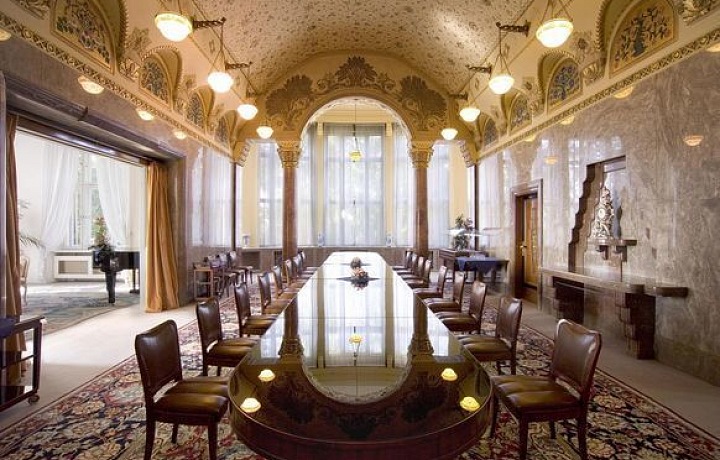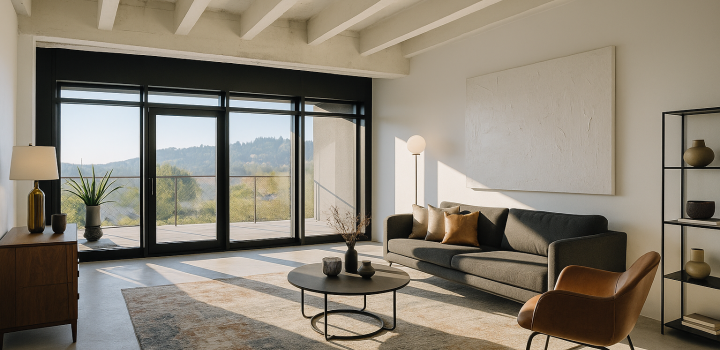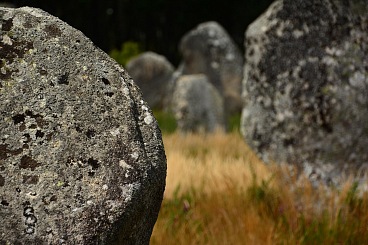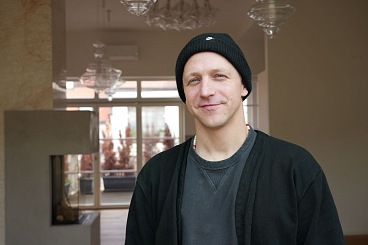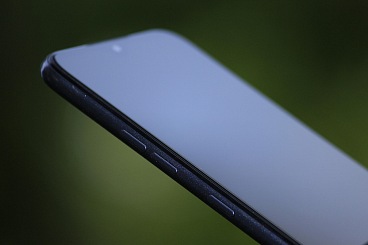Kramář Villa: A visit to a Czech Representative Residence
The first Czechoslovak Prime Minister indeed deserved to own the house to rest in. Therefore nowadays, the Czech State has appropriate premises for hosting both domestic and foreign visits.
The building’s unique location
The villa stands on the site of the former St. Mary Magdalene bastion, and thereby it co-creates the magnificent panorama of Letná. An important privilege was the plot of land with an area of 12,000 m2 and the installation of utility networks in this sparsely populated area.
Beauty both inside and out
When working on the project, the Viennese architect Friedrich Ohmann had to deal with only one restriction: the building had to be of only one-storey in order not to disturb the Prague Castle panorama and it also had to face the Vltava River.
Therefore the architect created a luxurious 700 m² neo-baroque villa with 56 representative rooms. The lounge has adopted Byzantine influences, while in the dining room elements of the Art Nouveau style can be found. This luxurious structure is surrounded by a French-style garden, meaning that its horticultural treatment is strictly symmetrical and has geometric precision.
The interior of the house was the work of Mrs. Kramář, the wife of the Prime Minister, who, with the help of leading Czech artists, created a unique and magnificent home displaying all the luxury and first-class taste that reflected her Russian origins while at the same time also referring to her husband’s pan-Slavonic sentiments. Renowned artists such as Jan Beneš, the Professor of the School of Applied Arts, and the sculptor Celda Klouček had both been invited to participate in the decoration of the villa.
The Kramář Villa both yesterday and today
The Kramář spouses were not able to enjoy their home for too long. Shortly after they moved-in, Kramář was arrested and imprisoned for 2 years. Some time after his release, the housing commission sought to move in roommates and during periods of economic crisis they needed to defend their luxury home from becoming the seat of the City’s Mayor. After the death of its owners, the house was leased to the National Gallery and subsequently to the National Museum, while in 1952 it came under the administration of the Government Bureau’s Office.


